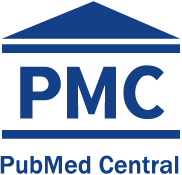Do clinical trials contribute to research development in Peru? how can that be achieved?
DOI:
https://doi.org/10.17843/rpmesp.2012.294.399Keywords:
Clinical trials, randomized, Drug industry, Health care coordination and monitoring, Scientific publication indicatorsAbstract
The participation of the National Institute of Health as a leader in ethical and methodological assessment and its responsibility to approve the implementation of studies dates back to 1995. Since then, clinical trials have increased significantly until 2009; for this reason, a preliminary analysis was made to assess whether this increase has had an impact in the production of clinical trials on endemic topics or disease burden problems that must be researched and resolved by Peruvian people. For this purpose, a search in SCOPUS and MEDLINE was conducted, with 102 clinical trials in humans found, all of them designed, implemented and carried out in Peru on endemic or domestic health issues. Observation over time does not reveal any parallel increase or the inclusion of new research groups or researchers, no research on endemic problems has been carried out in our country; for example, clinical trials on the “Carrion’s Disease” have not been conducted. Very few clinical trials have been promoted during this period by academic institutions and the civil society. Taking this into consideration, we can affirm that there is no positive influence in the generation of native clinical trials on local problems that Peruvian people need to resolve.Downloads
Download data is not yet available.
Downloads
Published
2014-02-05
Issue
Section
Symposium
How to Cite
1.
Málaga G, Zúñiga-Rivera A. Do clinical trials contribute to research development in Peru? how can that be achieved?. Rev Peru Med Exp Salud Publica [Internet]. 2014 Feb. 5 [cited 2025 Jul. 9];29(4). Available from: https://rpmesp.ins.gob.pe/index.php/rpmesp/article/view/399





























